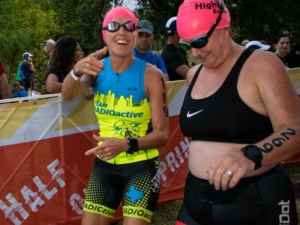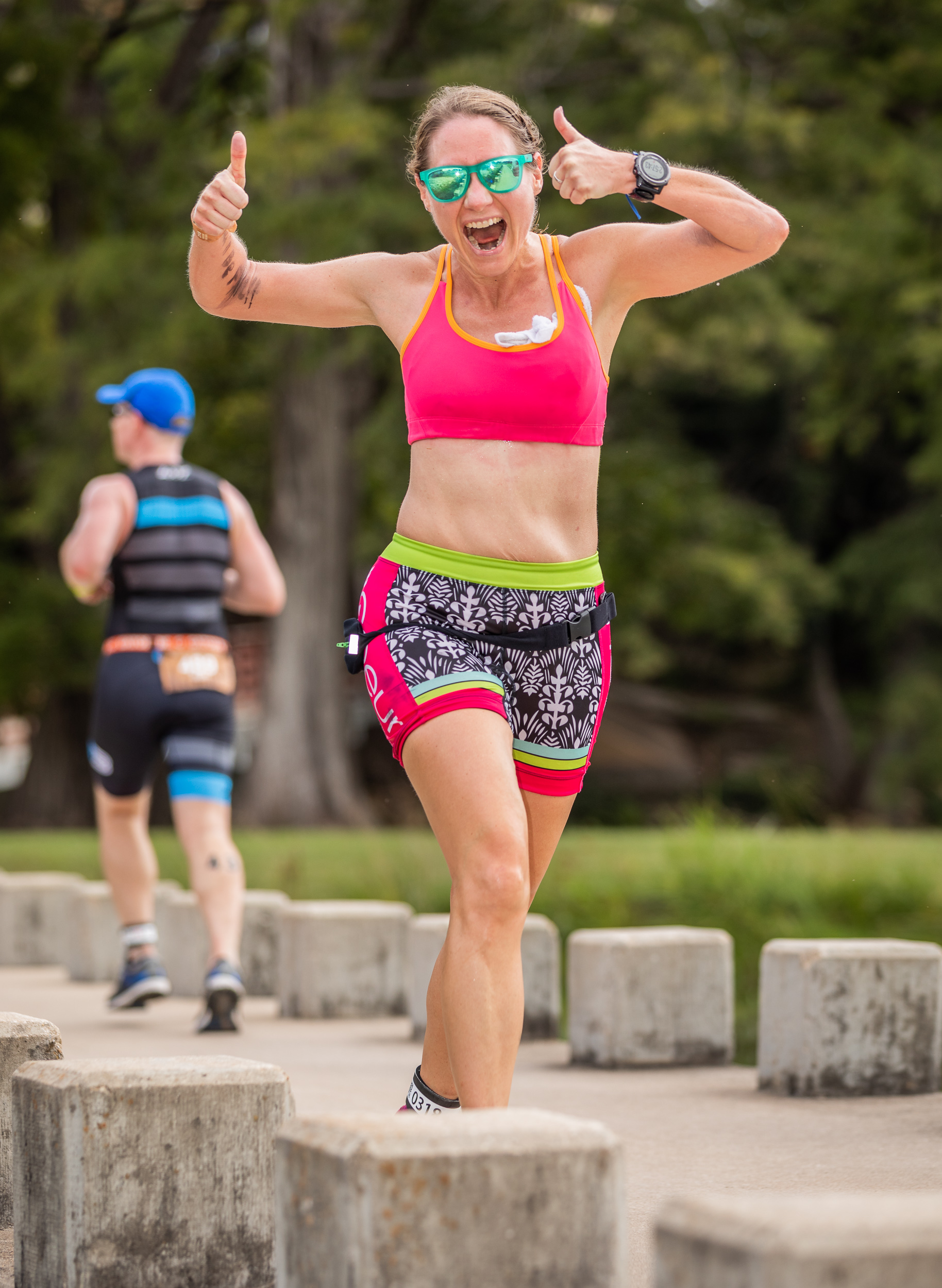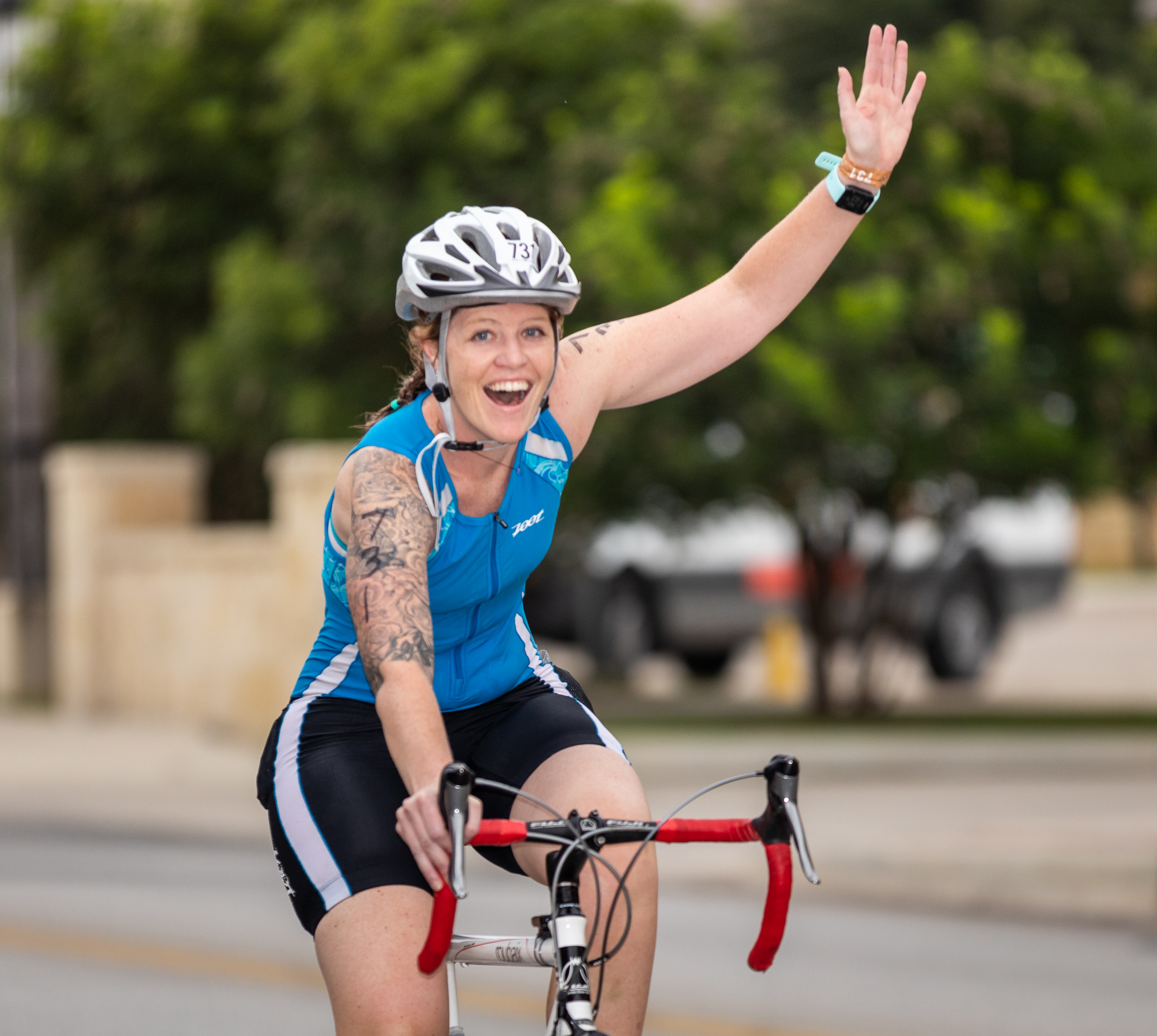Think you can skip training for the swim for your next tri? Not so fast!
You’re an ok swimmer so you don’t feel like you should allot a bunch of time training for the swim. Fast forward to the morning of your tri, add in race day elements – open water, other athletes, and no lanes to keep you in check – it’s no wonder why even seasoned triathletes may face panic during the swim. Know the importance of swim training with 5 reasons why you shouldn’t ignore swim training for your upcoming triathlon.
1. Helps Prevent Injury
Getting your body accustomed to handle the first leg of the tri is crucial. Swimming is a low-intensity, low-impact workout that will improve your overall flexibility, heart and lung capacity. Developing this during your training will prevent any unexpected incidents on race day. Train for the distance you are going to swim in your upcoming tri. Start slow and work your way up to this distance during your workouts. You can always slow down and take it easy on the bike and run legs, but during the intensity and commotion of the swim, your options are limited. For safety reasons, you cannot complete the race if you are unable to complete the swim portion. Therefore, you should practice floating on your back and practice a safety stroke as a backup plan if you start to feel tired or get frantic during the swim.
2. Avoid Swimming Further Than You Have To

For those who have done most of your training in a pool, you are used to having a guide to keep you swimming in a straight line. If you don’t practice sighting during your training, you’ll most likely end up zig-zagging between the buoys, thus adding to the distance you have to swim on race morning. Don’t count on following the person in front of you. Sight regularly throughout the swim course to make sure you stay on the correct side of the buoys. Practicing sighting is key to avoid swimming off course during your tri.
3. Good Cardiovascular Activity
Swimming is a great aerobic exercise that will improve your cardiovascular fitness and overall health. It’s easy on your joints and is a perfect low-impact cardio exercise that can help reduce the risk of heart disease, high blood pressure, and stroke. Choose a training plan that focuses on improving your swim technique to reserve your energy for the remaining legs of the race. Also, establishing a good technique before the race will make you more efficient in the water on race day.
4. Strengthen Your Legs
Leg strength can make or break a race, so don’t make the mistake of neglecting leg work in the pool. If you haven’t spent much time in the water during your training, your legs may feel weak after completing the swim portion. To avoid feeling weak throughout the bike and run portion, use various swimming workouts to strengthen your legs during your training. The resistance from the water will strengthen your legs more than running or cycling alone. Incorporate kick sets into your swim training plan to ensure you have trained for your distance properly. Pro tip: As you near the exit swim, start kicking your legs a little stronger to get the blood circulating into your legs again to prepare for the run into transition.
5. Calm Pre-Race Nerves

Despite all your training, things can go awry when you factor in hundreds of other athletes into the mix. Nerves on race morning can get pretty overwhelming. Especially if this is your first triathlon. Even with a time trial start, swimming with so many people of all different skill levels can unnerve a highly skilled swimmer. You need to build your confidence in the water before the race. Most training takes place in a pool, but try joining a local tri club or a Masters Swimming Program to get the experience of swimming in open water with other athletes. Pro tip: Get out and do a mock swim so there are no surprises for your open-water swim.
It is common for athletes to dread the first discipline of a tri. Preparing for this during your training will eliminate any uncertainties you have before you dive into the swim start. Whether you’re a novice swimmer or trying to go from a good swimmer to a great swimmer, training is key to a good performance on race day. So don’t hurt yourself by ignoring swim training for your upcoming tri! Grab your gear and head to the water.


